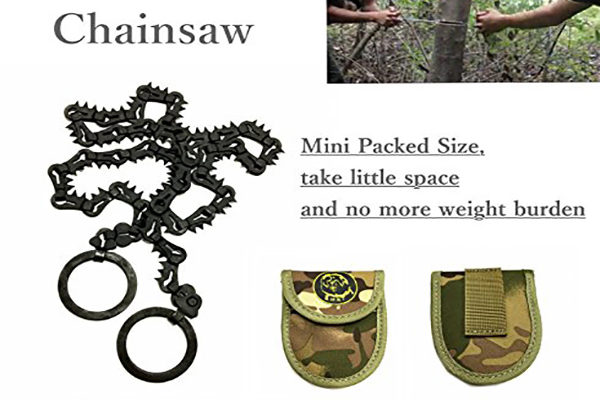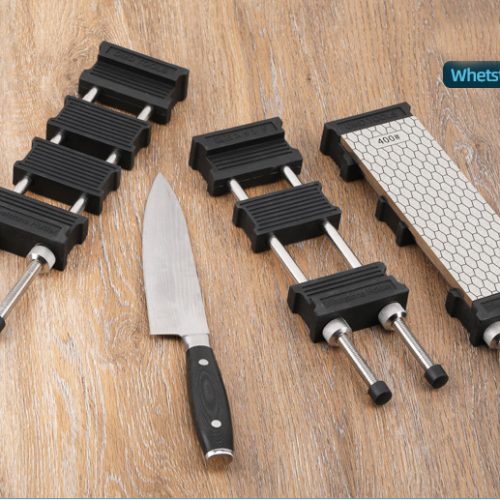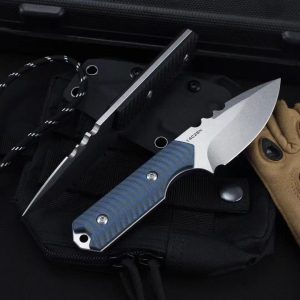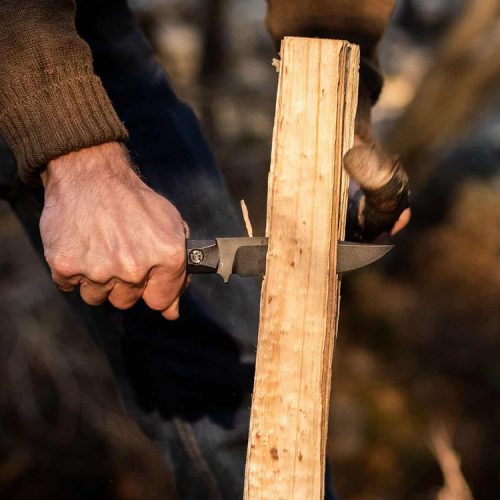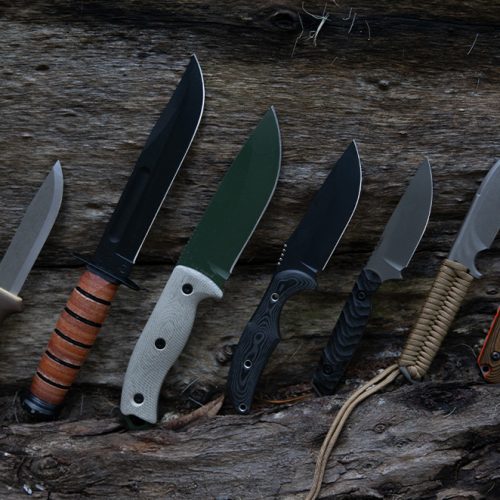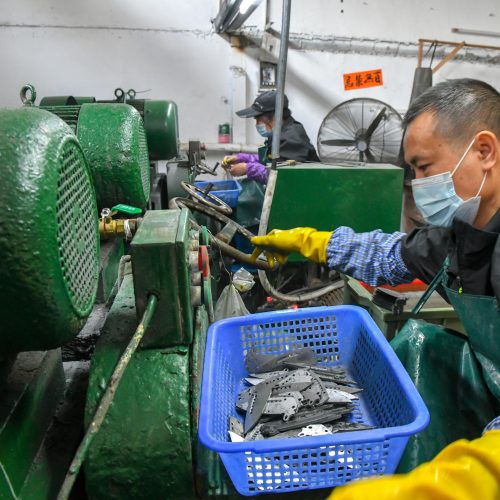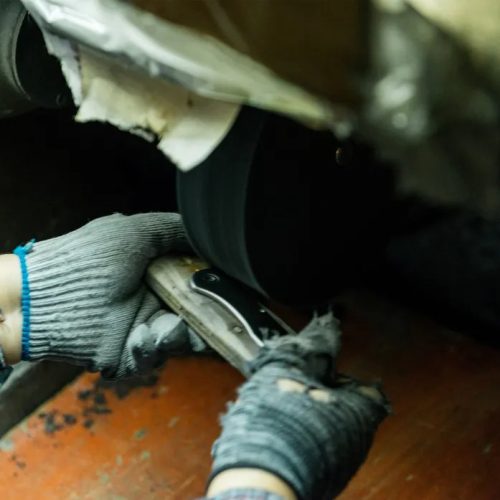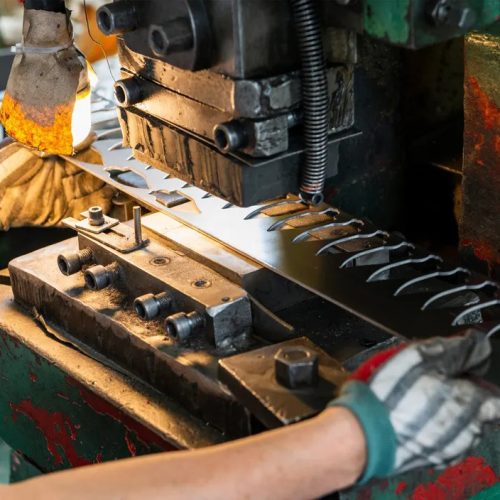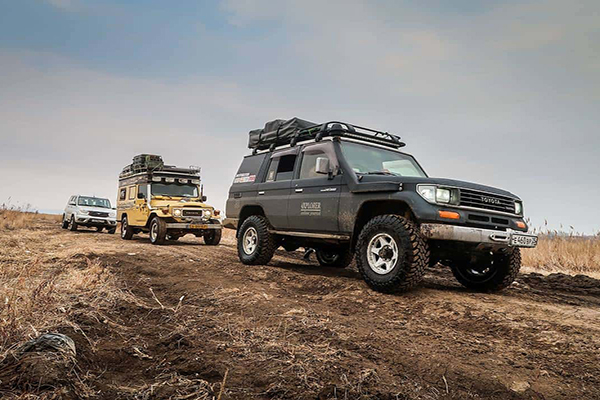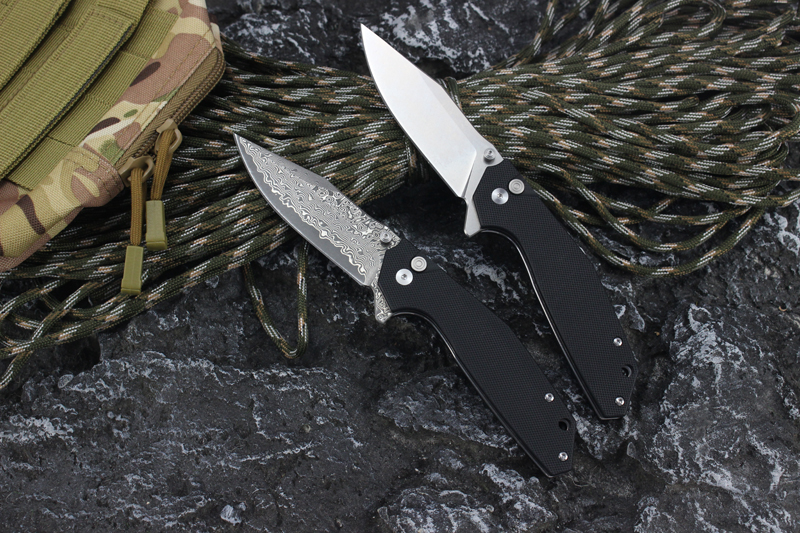
Outdoor knives are indispensable tools for adventurers, but their effectiveness depends on proper handling and care. Whether you’re a seasoned outdoorsman or a casual camper, understanding how to safely use and store your knife ensures longevity and prevents accidents. In this guide, we’ll cover best practices for maximizing safety and performance with your outdoor knife.
Part 1: Safe Handling Practices
1. Master the Basics of GripA secure grip is foundational for safe knife use.
-
Hammer Grip: Ideal for heavy chopping or batoning. Hold the handle firmly like a hammer, thumb resting on the spine.
-
Pinch Grip: For precision tasks like carving or skinning. Pinch the blade near the handle with thumb and forefinger.
-
Reverse Grip: Useful for detailed cuts or self-defense. Grip the handle with the blade facing downward.
2. Follow the “Blood Circle” Rule Always maintain a safe working zone. Extend your arm and knife fully, then spin slowly in a circle—this defines your “blood circle.” Ensure no people, gear, or obstacles are within this radius before cutting.
3. Cut Away from Your Body
Direct the blade outward, never toward yourself. This minimizes injury risk if the knife slips. For seated tasks, angle your body away from the cutting path.
4. Use the Right Tool for the JobAvoid misusing knives for tasks they’re not designed for:
-
Never pry open containers (use a multitool).
-
Avoid hammering with the handle (carry a small mallet).
-
Don’t twist the blade sideways (prevents tip breakage).
Part 2: Safe Storage Solutions
1. Choose the Right Sheath
A quality sheath protects both the blade and the user. Look for:
-
Material: Kydex or reinforced nylon for durability.
-
Retention: Secure snap straps or friction fit to prevent accidental slips.
-
Drainage Holes: Essential for wet environments to prevent rust.
2. Store Knives Dry and CleanMoisture is a blade’s worst enemy. After use:
-
Wash with mild soap and warm water.
-
Dry thoroughly with a microfiber cloth.
-
Apply a light coat of mineral oil to prevent rust.
3. Avoid Dangerous Storage Habits
-
Never Leave Unsheathed: Exposed blades risk cuts and damage.
-
Keep Out of Reach of Children: Use locked cabinets or high shelves.
-
Separate from Magnetic Strips: These can dull edges over time.
4. Long-Term Storage Tips
-
Wrap the blade in oiled cloth or VCI paper.
-
Store in a climate-controlled area to avoid humidity.
-
Inspect every 3 months for signs of corrosion.
Part 3: Common Scenarios and Solutions
1. Camp Kitchen Safety
-
Use a stable cutting surface (never on your lap).
-
Secure food with a fork instead of holding it in your hand.
-
Clean the blade immediately after cutting acidic foods (e.g., citrus).
2. Field Dressing Game
-
Wear cut-resistant gloves.
-
Use a gut hook for precise abdominal cuts.
-
Sanitize the blade with alcohol wipes post-use.
3. Bushcraft and Wood Processing
-
Baton with a fixed-blade knife, not folders.
-
Keep fingers clear of the blade path when splitting wood.
-
Use a log as a base to stabilize cutting motions.
Part 4: Smartex Outdoor’s Safety-First Designs
At Smartex Outdoor, we prioritize safety in every design:
-
Locking Mechanisms: Secure liner locks on folding knives prevent accidental closure.
-
Textured Handles: Non-slip grips maintain control in wet conditions.
-
Rounded Spines: Reduce finger fatigue during prolonged use.
-
Blunt-Tip Options: Safer choices for beginners or family camping trips.
Explore our Safety Pro Series, featuring:
-
Guardian Folder: Thumb studs and ambidextrous locks for easy one-handed use.
-
TrailSafe Fixed Blade: Finger guards and a corrosion-resistant coating.

